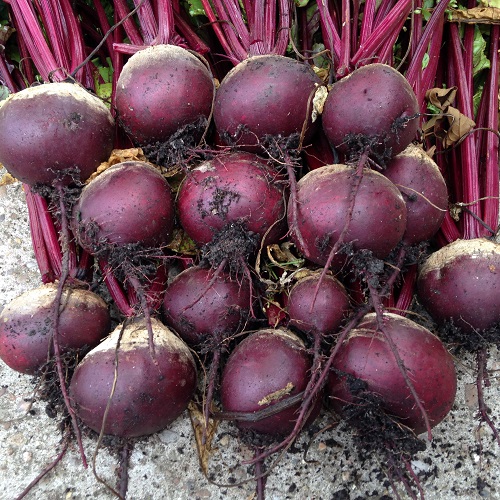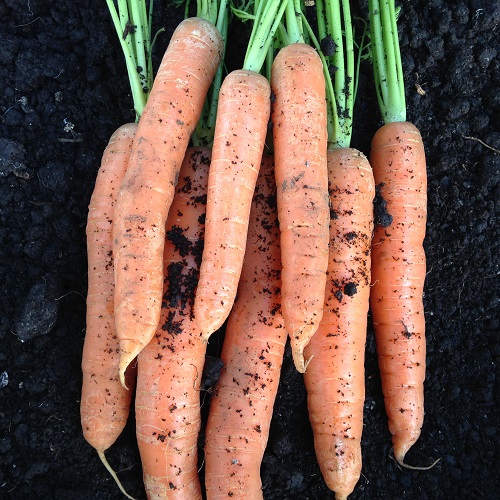Customer Reviews
Be the first to Write a Review for this item!
Customers who bought this item also bought:
Beetroot Boltardy£0.99
£0.79
Beetroot Boltardy is the most popular variety for early and.....
Average Contents : 350 seeds
Carrot Early Nantes
£0.89
Carrot Early Nantes is a second early and maincrop.....
Av. Packet Contents : 500 seeds


